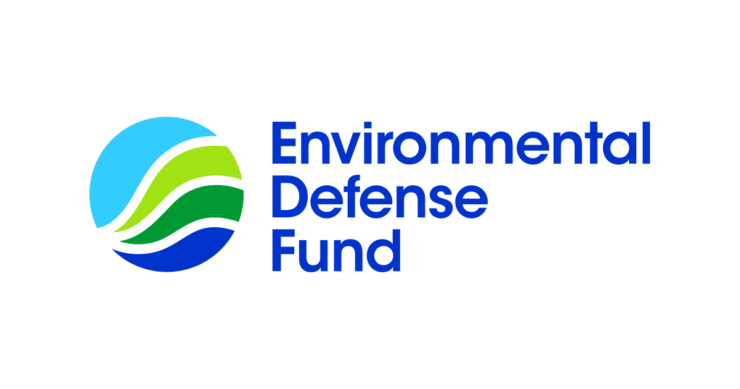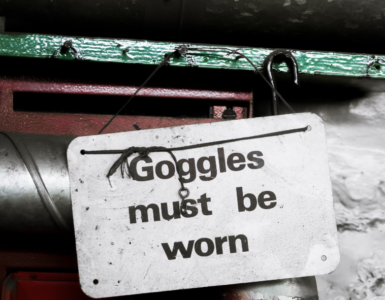As climate concerns about hydrogen energy grow, new tech unveiled at ceraweek delivers unprecedented results measuring leaks, other emissions.
With hydrogen rising fast on the global energy stage, concern over the impact of hydrogen emissions on the climate means new, more effective technology is needed to measure leaks and other releases with much greater sensitivity than currently possible.
Now, Aerodyne Research, Inc. in collaboration with Environmental Defense Fund is unveiling a new instrument that far exceeds the capability of existing tools, opening new horizons for operators to track and reduce the amount of hydrogen escaping from their facilities.
The two teamed up to demonstrate the efficacy of a hydrogen analyzer developed by Aerodyne with funding from the U.S. Department of Energy to quantify hydrogen emissions at a facility scale for the first time. They are presenting results of a new field trial to leaders of the global energy industry gathered for CERAWeek, where surging worldwide investment in hydrogen as a climate-friendly energy alternative is a central topic.
🔥 What about we co-host a webinar? Let's educate, captivate, and convert the hydrogen economy!
Hydrogen Central is the global go-to online magazine for the hydrogen economy, we can help you host impactful webinars that become a global reference on your topic and are an evergreen source of leads. Click here to request more details
Steven Hamburg, EDF Chief Scientist said:
Hydrogen causes powerful warming effects in the atmosphere and leaks easily, but existing tools can’t tell us how much is emitted or from where.
“With hundreds of hydrogen energy projects suddenly being developed around the world, we need an effective way to track and prevent these potent emissions. Results like we’re seeing from this new instrument are a game-changer.”
The Aerodyne analyzer uses laser spectroscopy to detect and quantify hydrogen concentrations as small as 10 parts per billion – at least a hundred-fold improvement over today’s monitors which are built to see the very high concentrations that pose immediate safety risk.
In January, researchers from EDF and Cornell University tested the Aerodyne instrument using controlled-release experiments at Colorado State University’s advanced METEC engineering facility. The new instrument delivered high precision measurements every second with 98% accuracy.
Scott Herndon, Aerodyne Vice President said:
The breakthrough is combining high speed with high sensitivity, where previous tools gave you one or the other.
“That makes it possible to track hydrogen emissions at levels that matter to the climate using a piece of mobile equipment that can be driven in a vehicle or flown in small aircraft.”
In addition to funding hydrogen sensor development, DOE is letting developers participating in its $8 billion Hydrogen Hub program know that leak monitoring may be required once sensors become commercially available.
The California Public Utility Commission says it plans to require assessments of the risks and mitigations for hydrogen leakage, which will necessitate the use of such monitoring technology in the state. The European Union has also solicited better measurement tools.
Tianyi Sun, EDF scientist said:
Now that we know it works, we can take this instrument to real world facilities to measure how much hydrogen is escaping day to day.
“Right now, we know very, very little about how much hydrogen leaks. That data is critically important for the understanding the climate impacts of switching to hydrogen.”
Highlights:
- Aerodyne instrument provides fast, sensitive readings with 98% accuracy; performance surpasses existing tools, enables mobile measurement from on the ground or in the air for the first time
READ the latest news shaping the hydrogen market at Hydrogen Central
As Climate Concerns About Hydrogen Energy Grow, New Tech Unveiled at CERAWeek Delivers Unprecedented Results Measuring Leaks, Other Emissions, Houston, March 7, 2023








